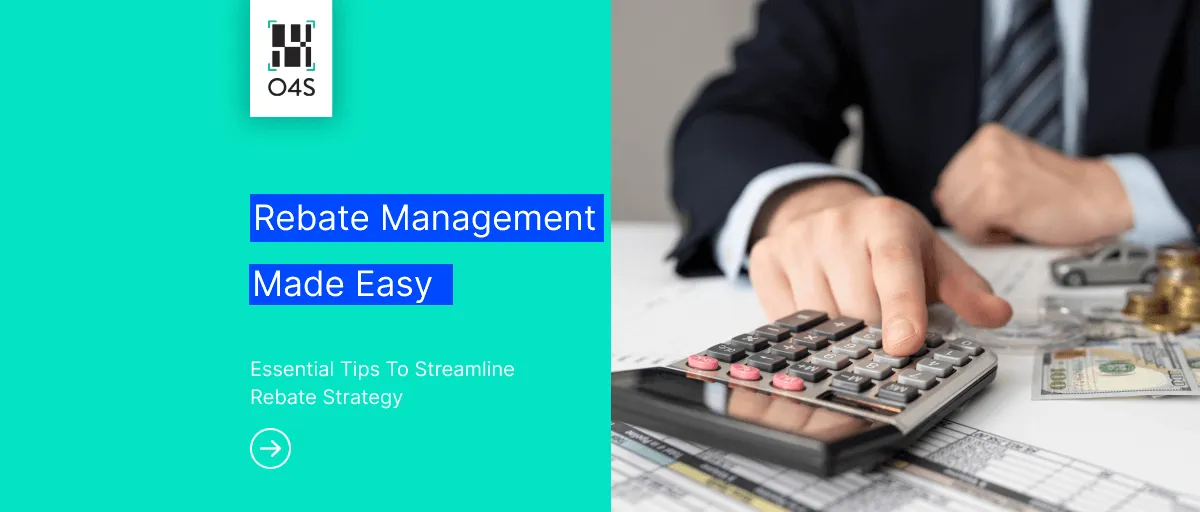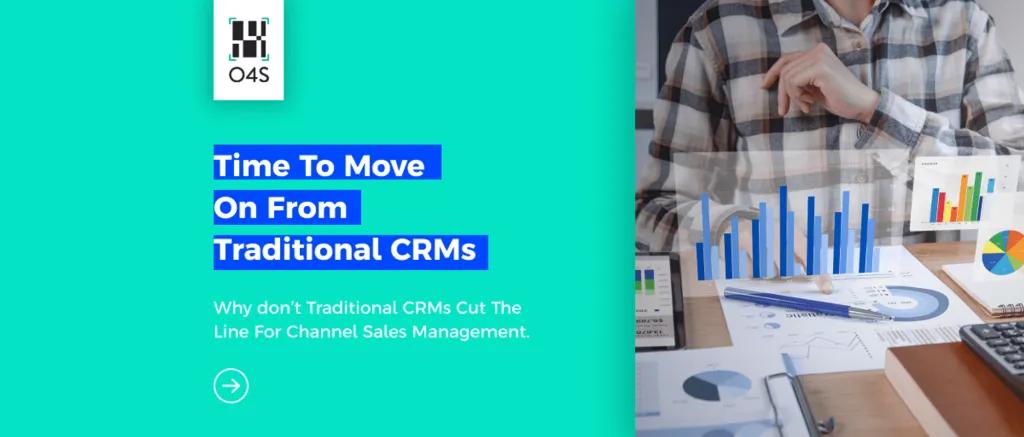It takes skill to develop a rebate plan that works. When rebates are effective, they strengthen the bonds between buyers, suppliers, and clients. They encourage loyalty, then reward it. They also promote commercial relationships that are advantageous to both parties. However, there is a crucial element at work here: when rebates function, they show all of these advantages. When they fail, they are at best a time-consuming and unfulfilling task.
Why do businesses struggle to manage rebates incorrectly?
It doesn’t matter what the deals’ motivations are because the logic is typically sound (new products, new regions, improved market penetration, or simply more sales). The challenge lies in the details of any complicated project, as is the case. Unfortunately, even the best intentions and attention to detail can fall short for multiple partners that depend on rebates to boost earnings or even demonstrate a healthy bottom line when it takes months, if not several quarters, to assess whether a rebate technique is working or not. If the management, sales, commercial, financial, or procurement teams are unable to foresee the future, it is not their fault.
What if they could, though?
Or, if you can’t foretell the future, at least think about the chances that the deal will succeed. What if each partner could see if they will advance to the next tier, allowing them to adjust their conduct accordingly?
What if it was feasible to boost reporting and forecasts, collaborate more effectively, and streamline operations all around? That is entirely feasible today.
A sound rebate strategy is frequently the cornerstone of a successful business, the deciding factor between profit and loss, and a proactive way to increase client loyalty. No matter how far in the future-looking, a rebate strategy will fall short if trading partners are not on the same page.
Rebate management is a complex procedure and, for firms with limited resources, some would bypass more sophisticated rebate schemes. The secret is to have a “clear, precise, and transparent view of every facet of the customer’s account and relationship with you” for those who do, though. Many of the concepts of an effective ERP strategy are applied in a solid rebate strategy since it:
- Is compatible with your business plan
- Has KPIs and success indicators that are clearly described
- Maximizes your data strategy or even helps you define it
- Encourages you to improve your procedures
- Constantly develops to make the most use of the most recent, pertinent, and useful technologies.
Guidelines for creating a successful rebate plan
- Start by making your processes more efficient. Or, at the very least, be aware of your current procedures and willing to make improvements.
- Take into account the expense of current rebate management initiatives and the advantages of increasing efficiency.
- Find a solution that benefits both you and your consumers by asking your customers what would make their lives easier.
- Look into automating operations to reduce errors or duplication.
- Confirm that you have access to professionals who can assist you with data integration and cleansing if your disparate systems can be integrated.
- Take into account how the rebate management process’s current components may be affecting any department or function’s business needs.
- Include the people who will benefit from or use a rebate management solution.
How software for rebate management can help you?
Effective rebate management not only improves your data confidence and trade skills, which can lead to better chances and stronger connections, but it also completely changes the rebate experience. A competitive advantage can be gained by using effective rebate management software, which can also assist in enhancing communication, controlling supply chain risks, promoting stability, exchanging best practices, saving costs, or raising rebate income.



